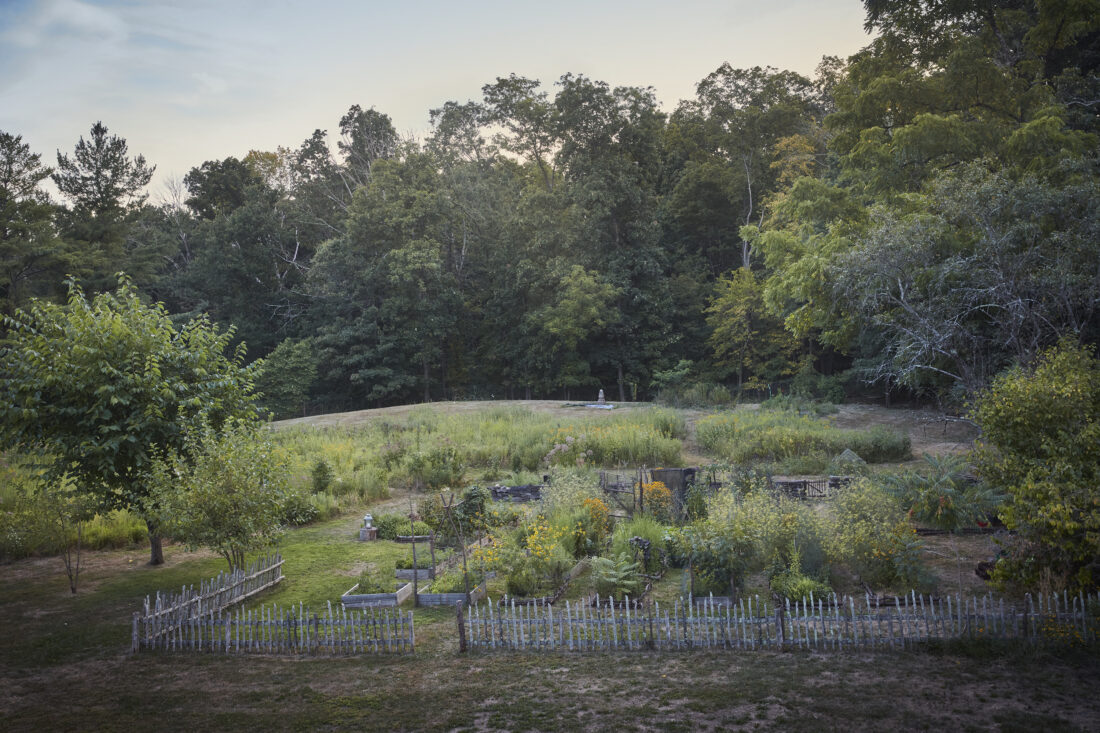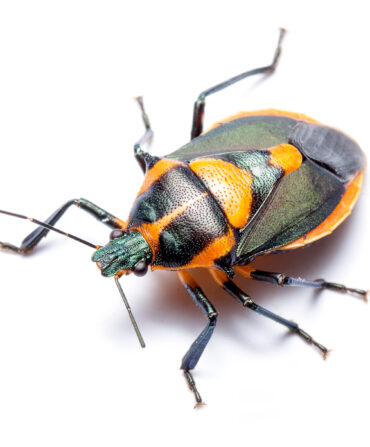Before she became a forager for some of the most respected chefs in New York City, Tama Matsuoka Wong spent three decades working as a finance lawyer in the world’s largest concrete jungles: New York, Hong Kong, Tokyo. So when she and her family relocated to New Jersey in 2002, she was delighted to own acres of land and sink a garden spade into the dirt. That is, until she struck against the hard truth that having kids and a demanding job wasn’t conducive to maintaining tidy flowerbeds and productive vegetable plots.
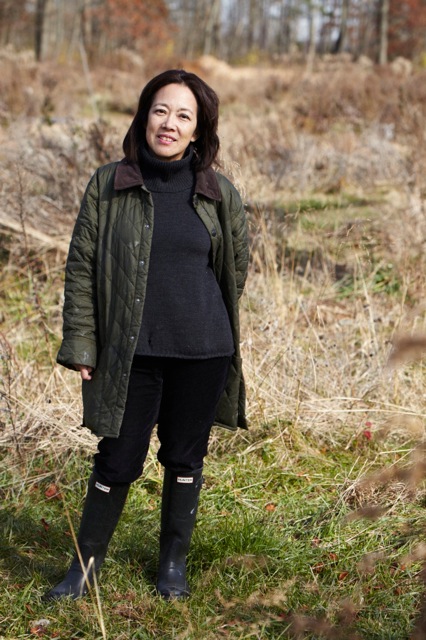
“I tried to plant seeds and nothing grew, and instead other things grew,” she recalls. “I had three daughters and a husband and I was working; I didn’t have time to look after things every day. Martha Stewart would have cringed for sure.”
Partly out of practicality and partly guided by her exposure to other countries’ culinary traditions, Wong began to see beauty and bounty in her untamed landscape. From that mind shift—and a chance meal at Manhattan’s lauded Restaurant Daniel, during which she gifted the chef some sprigs of anise hyssop from her meadow—a flourishing new career grew. Her first book, Foraged Flavor, earned a James Beard Award nomination in 2013. Her latest title, Into the Weeds: How to Garden Like a Forager, shares a sort of holistic gardening manifesto along with DIY projects (like how to build borders and a trellis with wildwood scraps) and recipes starring unloved plants (or parts of plants; check out her fig-leaf gimlet here).
We chatted with Wong about reevaluating weeds, making the unruly look intentional, and her favorite plant to forage in the South.
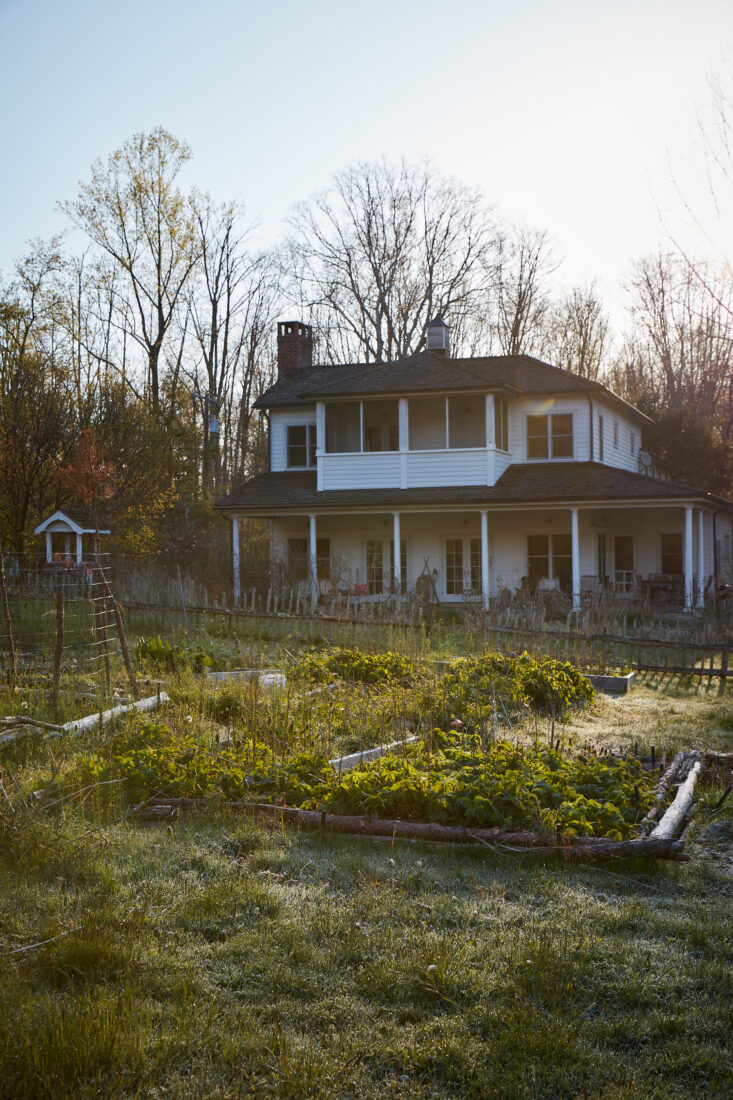
Your book is as much about a philosophy as it is about practical tips. For example, you tell a story about planting a rosebush and it quickly being overtaken with weeds—a scenario any Southern gardener can relate to. But instead of feeling defeated, you changed your perspective.
Yes, because like most people, I don’t have time or money to spend on an around-the-clock crew. And things are getting so crazy now with the weather that even if you tried to, you’d have a hard time controlling everything. Some plants are going crazy and some aren’t, and every year is different, so how do we deal with that? I just started trying to see what my land wanted to do, without me trying to impose some idea of something on it.
You also wrote that your experience living and traveling in Asia changed your view of weeds. In what way?
If you go to the markets there, people are eating all this wild stuff, a lot of the things we call weeds here, including invasive plants. And people there are like, “This is really good food”—it’s not something that’s, like, primitive. It’s gourmet in other parts of the world.
What’s one example of a gourmet ingredient we call a weed?
Galinsoga is one of the primary agricultural weeds. It’s very easy to recognize—it looks like a little daisy. It comes from Central America and it’s in the Colombian national Christmas dish. I work with a lot of chefs from different cultures, and they all love it.
Since you mentioned invasives—you’re not suggesting people go out and plant invasive species, right?
Right. There are some who worry that if you tell people invasive plants are good to eat, they’ll start planting them and the world will become one big invasive plant. But you know what? We’re already there. These plants are here and they’re going to be here, so why not come up with some kind of use for them?
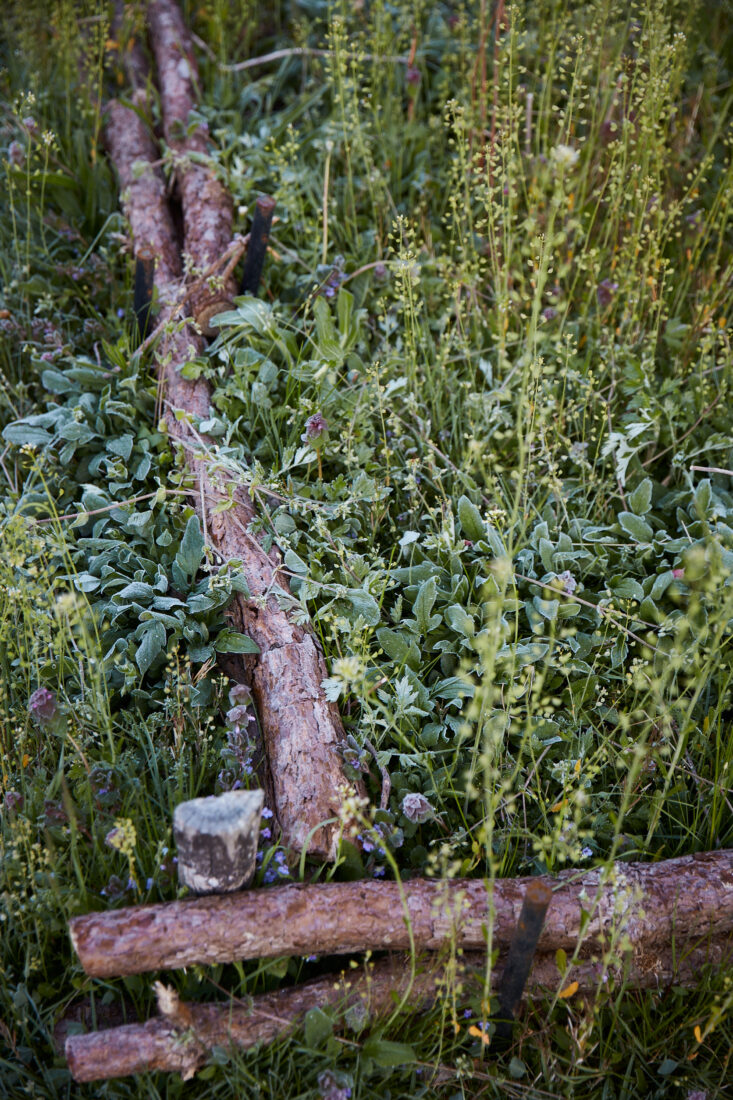
I can think of one example in my yard: fish mint. It’s kind of pretty but people hate it because it takes over everything. But like you said, it’s already there.
Do you have any Vietnamese restaurants around you? I would totally hack off a whole bunch and bring it in to them.
That’s a great idea! But changing gears a bit, your book offers such gorgeous visual inspiration. Can you talk a little bit about the aesthetics of a wild garden?
Thank goodness Ngoc [Minh Ngo] is such a good photographer. The main thing is to get people over the idea of something they saw, usually in a movie or coffee table book, that says this is how a garden is supposed to look, and if it doesn’t, you’re neglectful. Even now my husband still jokes, “Oh, our place looks untidy.” But it’s alive. There is movement in it, there are smells, there are little butterflies. So it’s a different way of looking at what is beautiful.
That doesn’t mean you have to have zero structure. I do mow certain areas. My main tip is whatever you’re doing, make it look intentional. There’s a garden up here called Chanticleer that is beautiful but still very natural. They have a pile of what most people would think is rubbish—like leftover sticks—and they put a name on it so you can see that it’s not just a pile of trash; it’s a habitat.
I love that. Just name a thing and it’s meant to be there.
Yeah! You can name it a “rewilding area” or “meadow in the making” or “little bee hut,” but through signage or whatever else you’re doing to make it look intentional, you change the way people look at it.
What is your favorite thing to forage in the South?
Passionflower is just beautiful—you don’t have to worry about that looking [untidy]. Mine I kind of let do its thing. We have a table and it crawls over that, and if you’re eating outside in the summer, it’s like the little passionflower tendril is tapping you on the shoulder.
The entire plant is actually edible. You can have it like a tea—it’s like a chamomile, very relaxing. In the South you can make maypop jam, but I don’t have enough fruit for that. We in the northern extreme range of passiflora incarnata are very jealous, and I’m just waiting for it to get warmer so I can get maypop fruits. But all the chefs I work for love it too. They like the flowers—they’re so pretty. They like the leaves; some people are using the leaves to wrap things in because they have a very mild flavor. The whole plant is just really good for you.
Garden & Gun has an affiliate partnership with bookshop.org and may receive a portion of sales when a reader clicks to buy a book.


